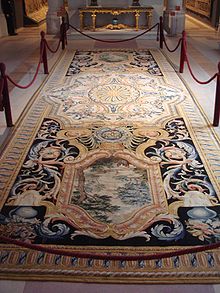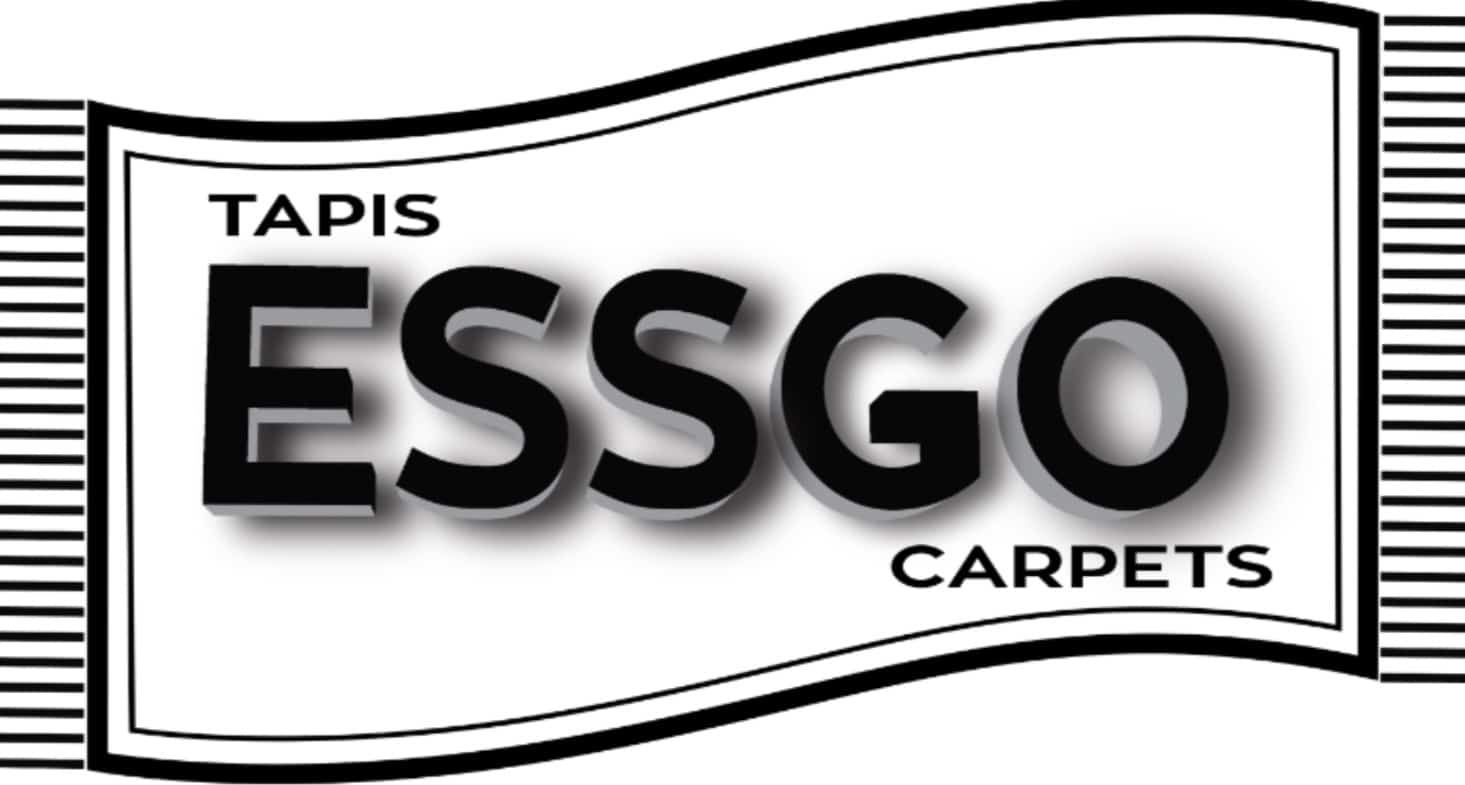Savonnerie manufactory

The Savonnerie manufactory was the most prestigious European manufactory of knotted-pile carpets, enjoying its greatest period c. 1650–1685; the cachet of its name is casually applied to many knotted-pile carpets made at other centers. The manufactory had its immediate origins in a carpet manufactory established in a former soap factory (French savon) on the Quai de Chaillot downstream of Paris in 1615 by Pierre DuPont, who was returning from the Levant.
Under a patent (privilège) of eighteen years, a monopoly was granted by Louis XIII in 1627 to DuPont and his former apprentice Simon Lourdet, makers of carpets façon de Turquie (“in the manner of Turkey“). Until 1768, the products of the manufactory remained exclusively the property of the Crown, and Savonnerie carpets were among the grandest of French diplomatic gifts.
The carpets were made of wool with some silk in the small details, knotted using the Ghiordes knot, at about ninety knots to the square inch. Some early carpets broadly imitate Persian models, but the Savonnerie style soon settled into more purely French designs, pictorial or armorial framed medallions, densely massed flowers in bouquets or leafy rinceaux against deep blue, black or deep brown grounds, within multiple borders.


 Free Delivery Anywhere in Canada
Free Delivery Anywhere in Canada